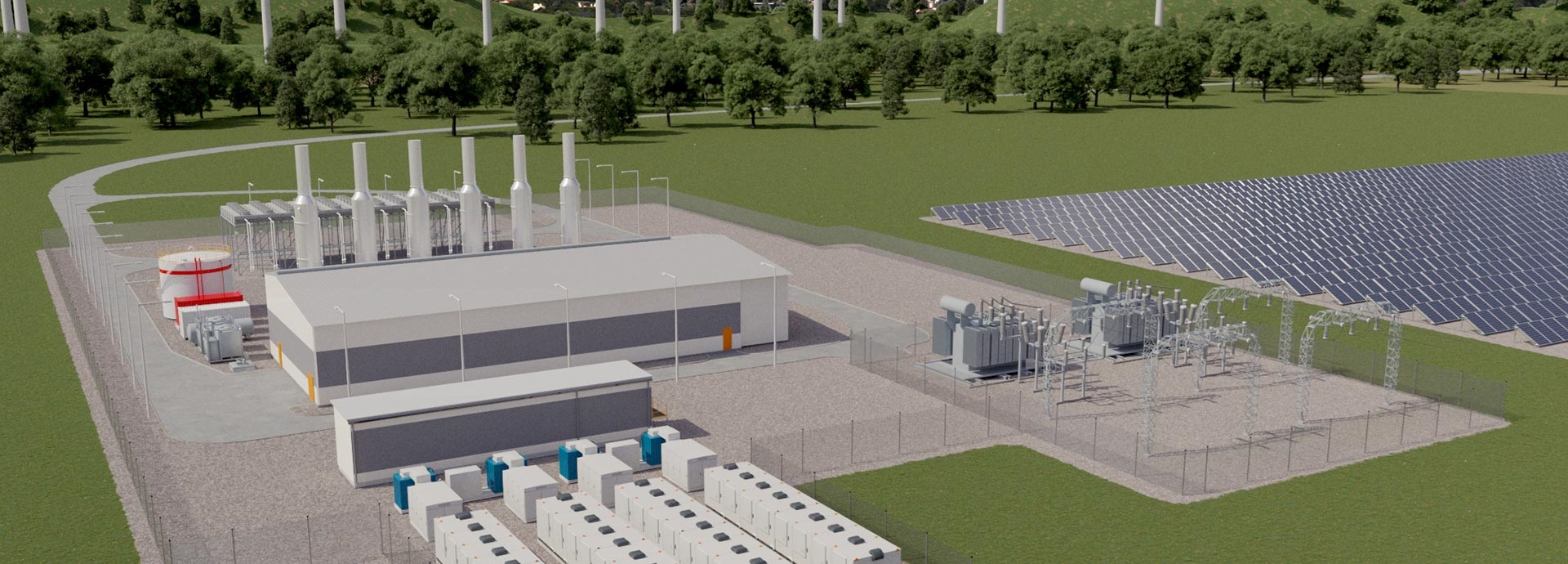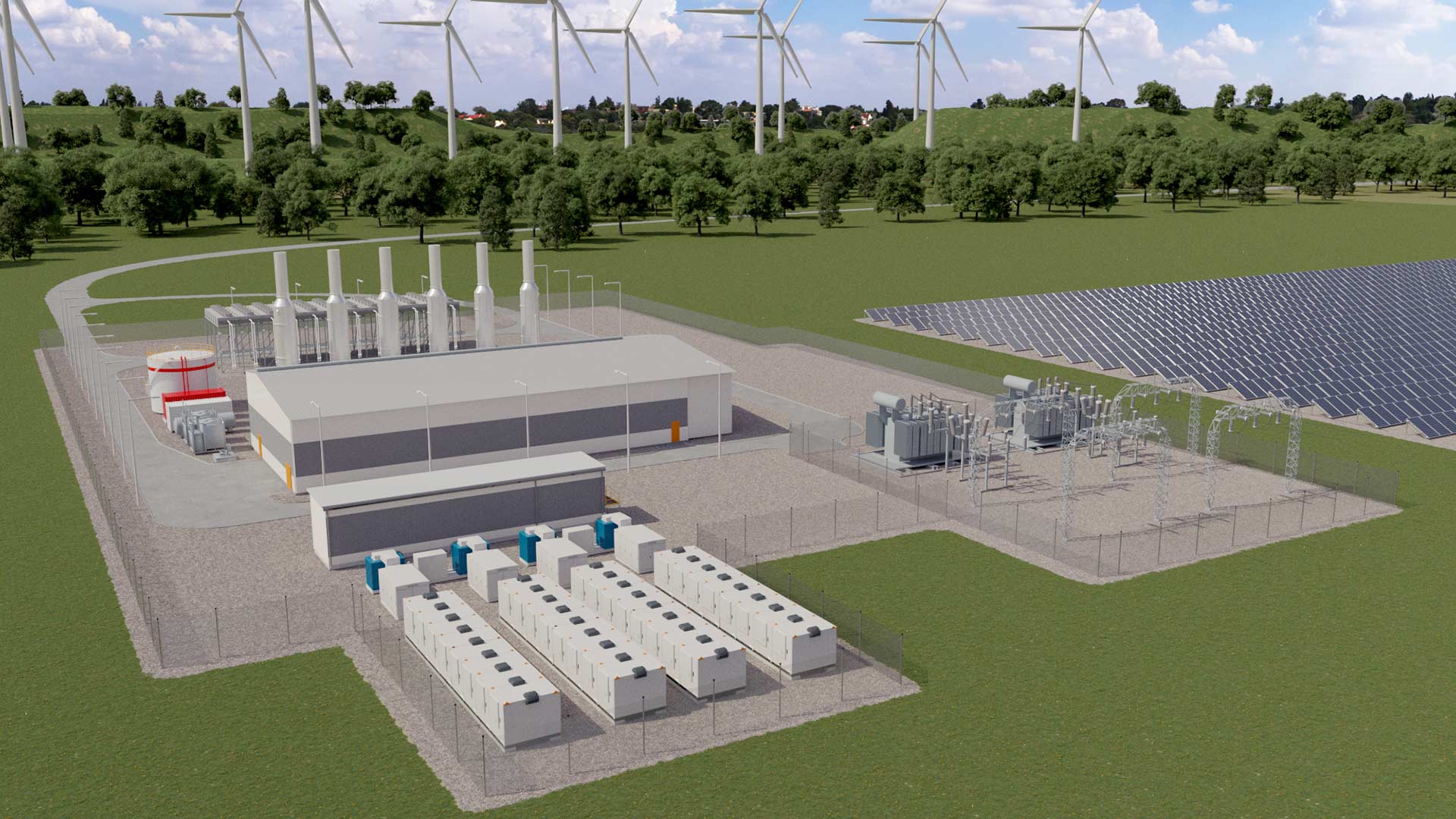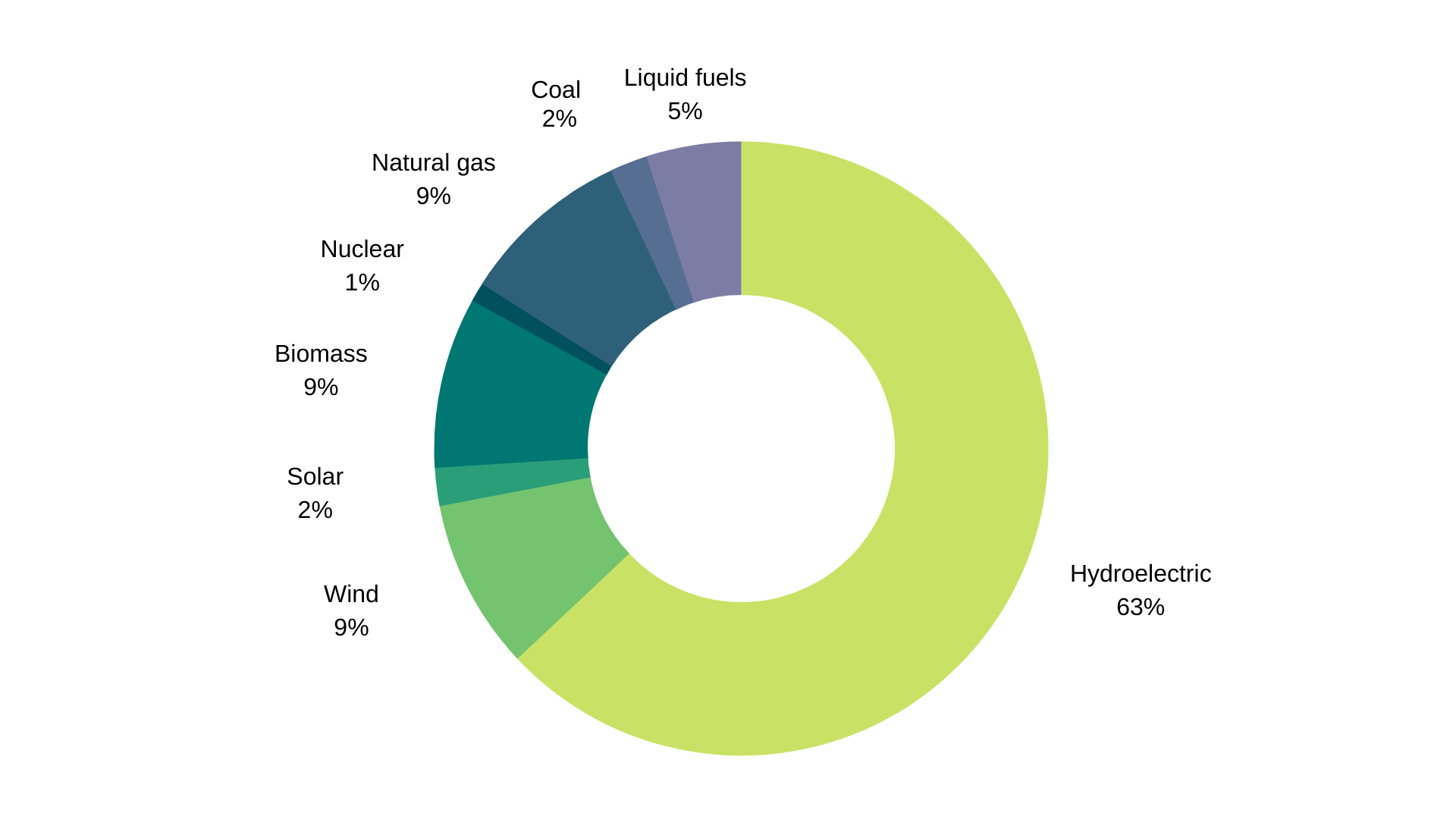

To ensure reliability, intermittent energy like wind and solar need to be backed up by balancing solutions. Otherwise, how can a hospital or factory get power when they need it, regardless of the weather?
The world faces a fundamental challenge in energy supply and demand. We need to decarbonise our energy production by increasing our usage of renewable energy to mitigate climate change. Investments in renewable energy increased 1.8% in the first six months
of 2021, but this is still inadequate to meet our Paris Agreement commitments.
“As we go towards the goals of the Paris Agreement, much new wind and solar production needs to be built. To be able to add all this variable generation, the problem of balancing needs to be solved,” explains Antti Alahäivälä, General Manager, Business Development at Wärtsilä Energy. “They vary seasonally, daily and even second-to-second. Our energy systems need to react to this.”
The balancing challenge
Renewable energy sources – particularly wind and solar – are being added to systems all over the world. Not only are they better for the environment than old power plants, but in many cases they are also cheaper over their lifetimes due to
low operating costs. Yet wind turbines and photovoltaics supply power according to weather conditions, not when there is a demand for energy.
“One way we can help balance supply and demand is with batteries,” Alahäivälä continues. “Battery technology is excellent for short-term balancing, being able to quickly adjust its power output – charge or discharge.
They will even be used for daily energy shifting soon, but they are not so economical for storing energy for long periods.”
Some sources of renewable energy may have long periods of reduced production depending upon the weather or seasons. What is needed is a solution which can provide energy immediately – whether it is just for a cloudy hour or for months of drought.
Traditional inflexible power plants, like coal power plants, have negative effects on the environment. Coal produces more pollution than any other energy source. A coal plant might have a minimum load of 50% of full output and it could take days to stop
and restart one. They are simply incapable of providing the flexibility that a modern energy system needs.
One possibility is turbines. These harness the energy of something like steam or natural gas to produce power. Yet aeroderivative and heavy-duty gas turbines can have high capital and operating costs. A heavy-duty open cycle gas turbine might take fifteen minutes to start up, while a reciprocating engine could reach full load in only five minutes. Turbines don’t offer the best combination of efficiency and flexibility, but there are other solutions.
Flexibility is critical
“We have developed a portfolio of balancing solutions which fit these needs,” says Rasmus Teir, Product Director, Portfolio Strategy and Solutions at Wärtsilä Energy. “They include energy storage and energy management systems for short-term balancing as well as
engine-based power plants for long-term balancing.”
Such flexibility is urgently needed. According to Wärtsilä's modelling, the G20 group of nations need 3,526 GW of flexible assets for their energy systems to run on 100% renewable energy at the lowest cost. This added capacity would come from the two key technologies
Teir mentioned: energy storage and flexible gas power.
Wärtsilä’s flexible, future-proof gas engines for power plants are already capable of using 100% synthetic and carbon-neutral methane and methanol. They are also capable of combusting hydrogen/natural gas blends with up to 25% hydrogen. The company is also working towards an engine and power plant concept for pure hydrogen operations. When sustainable fuels such as green hydrogen become available utilities won’t be stuck with stranded assets instead, they can use their existing engines. This is an elegant solution to both a current and future need.

Plant rendering of Wärtsilä 34SG Balancer solution.
Water availability makes hydropower volatile in Brazil
An excellent example of the need for balancing comes from Brazil. Hydroelectric makes up over 60% of their installed capacity. They can provide some flexibility, in that if energy is needed water can be released and electricity generated.
“Yes, hydro can manage the intermittencies of solar and wind – if you have water,” explains Gabriel Cavados, Senior Manager, Energy Project Development, Brazil at Wärtsilä. “If you have a severe drought,
you have severe problems.”
Unfortunately, Brazil underwent a prolonged dry period in mid-2021, leading government agencies to announce the worst drought in almost a century. About half of the reservoirs in the Paraná River basin recorded their lowest water levels in over 20
years. Brazil had to ease restrictions on some hydroelectric dams, increase the usage of old thermal power plants, as well as buy energy from Argentina and Uruguay in order to prevent power outages. This was not the most economical or environmentally
friendly of solutions. With climate change extreme weather events such as droughts are expected to become more common and more severe so a better solution is necessary.
“We modelled three different scenarios for the Brazilian authorities, showing dry, typical and wet years,” Cavados says. “During a wet year they could supply 96% of their energy with renewables, but in a dry year only about 50%. There is great uncertainty regarding the availability of water, so they were convinced they needed to install flexible capacity.”

Brazilian power generation capacity by fuel type (ANEEL, 2020)
Brazil needs new flexible capacity
The modelling studied how Brazil’s system could look in 2030. It compared technology options on how to balance renewable generation intermittency in different scenarios. The model determined Brazil needs 11 GW of new flexible capacity and compared
a variety of options, such as different turbines and engines. Initial and ongoing costs were carefully considered.
“In a wet year these flexible generators might not run a lot, so you want a reasonable CAPEX,” says Cavados. “But in a dry year they might run all the time, so you want efficiency and low OPEX. A gas turbine incurs additional costs
when you start it up, so if you have to ramp up and down many times you’re going to get a big bill. There is a clear benefit to engines over turbines.”
The modelling showed medium-speed engines had the highest utilisation rate and the greatest number of starts across all scenarios. They can start quickly and efficiently when renewables are not available and easily stop when they are, even multiple
times a day. These engines could save Brazil hundreds of millions of dollars annually, being more economical than turbines or high-speed engines over a 20-year lifespan.
The Wärtsilä 34SG Balancer is the perfect solution. It provides flexible, safe and affordable generation.
It can be equipped with additional features like unmanned standby, remote control, connectivity and dynamic power management. It also has its performance and reliability optimised with Wärtsilä Lifecycle solutions.
“The energy systems of the future will continue to need more flexibility as they transition to renewable sources of energy,” Cavados says. “But every market is different. That is why we work closely with energy specialists and local agencies to understand exactly what they need and how we can help. We don’t just sell engines; we provide the solutions which people need to decarbonise and to be able to achieve a 100% renewable energy future.”


